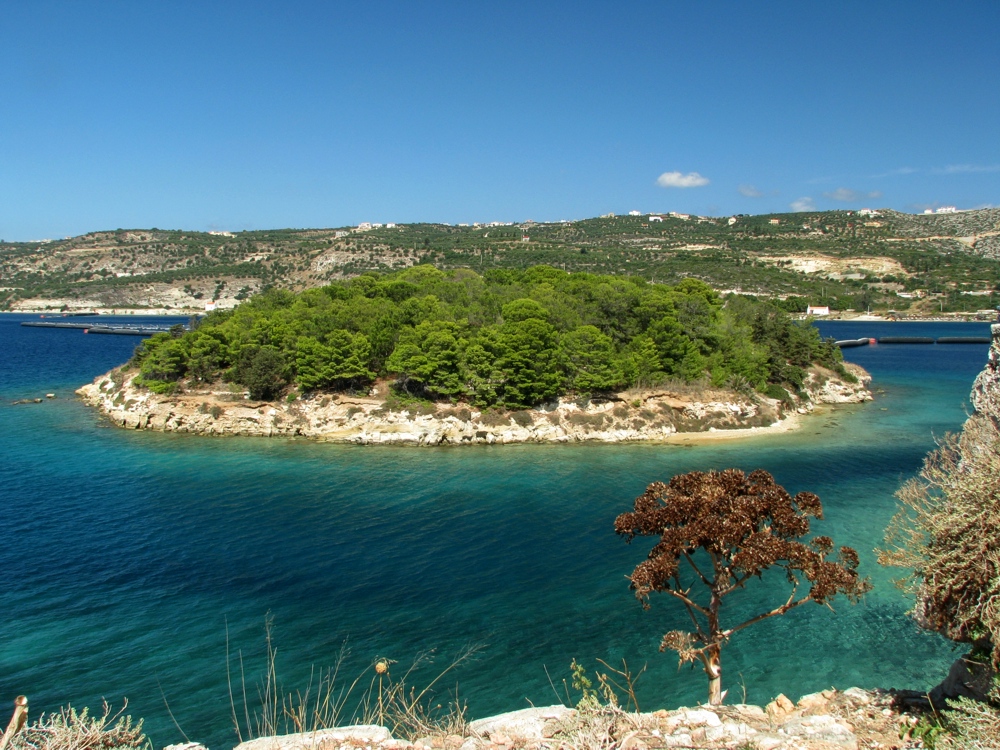Souda Island on:
[Wikipedia]
[Google]
[Amazon]
Souda () is an islet in

''Porto e Fortezza della Suda''
map by Marco Boschini {{Aegean Sea Landforms of Chania (regional unit) Uninhabited islands of Crete Mediterranean islands Venetian fortifications in Crete Islands of Greece Souda Bay 1715 establishments in the Ottoman Empire
Souda Bay
Souda Bay () is a bay and natural harbour near the town of Souda on the northwest coast of the Greek island of Crete. The bay is about 15 km long and only two to four km wide, and a deep natural harbour. It is formed between the Akroti ...
on the northwest coast of Crete
Crete ( ; , Modern Greek, Modern: , Ancient Greek, Ancient: ) is the largest and most populous of the Greek islands, the List of islands by area, 88th largest island in the world and the List of islands in the Mediterranean#By area, fifth la ...
. In ancient times this islet was one of two islets that were referred to as Leukai (Λευκαί). The second islet is known today as Leon.
History
The island was fortified by the Venetians due to its strategic location, controlling the entrance to the anchorage ofSouda Bay
Souda Bay () is a bay and natural harbour near the town of Souda on the northwest coast of the Greek island of Crete. The bay is about 15 km long and only two to four km wide, and a deep natural harbour. It is formed between the Akroti ...
(which is still an important Greek and NATO naval base). Although the rest of Crete fell to Ottoman control in the Cretan War (1645–1669)
The Cretan War (; ), also known as the War of Candia () or the fifth Ottoman–Venetian war, was a conflict between the Republic of Venice and her allies (chief among them the Knights of Malta, the Papal States and France) against the Ottoman ...
, the fortress of Souda (along with the island fortresses of Gramvousa and Spinalonga
Spinalonga () is an island in the Gulf of Elounda, north-eastern Crete, in the municipality of Agios Nikolaos, Crete, Agios Nikolaos, Lasithi, next to the town of Plaka in the area of Kalydon (Elounda), Kalydon.
It is near the Spinalonga peninsu ...
) remained in Venetian hands until 1715, when they too fell
A fell (from Old Norse ''fell'', ''fjall'', "mountain"Falk and Torp (2006:161).) is a high and barren landscape feature, such as a mountain or Moorland, moor-covered hill. The term is most often employed in Fennoscandia, Iceland, the Isle of M ...
to the Ottomans. During this time, the island served as a refuge for Cretan insurgents.

Mythology
On the northwest side of the islet, a small distance away, there is another island which is almost round in shape, which used to be referred to on medieval Venetian maps as ''Rabbit Island'' (known as ''Nisi'' and ''Leon'' today). In ancient times these two islets were referred to as Leukai (Greek for "white ones"). Their name came from the ancient Greek myth about a musical contest between the Sirens and theMuses
In ancient Greek religion and Greek mythology, mythology, the Muses (, ) were the Artistic inspiration, inspirational goddesses of literature, science, and the arts. They were considered the source of the knowledge embodied in the poetry, lyric p ...
. Out of their anguish from losing the competition, writes Stephanus of Byzantium
Stephanus or Stephen of Byzantium (; , ''Stéphanos Byzántios''; centuryAD) was a Byzantine grammarian and the author of an important geographical dictionary entitled ''Ethnica'' (). Only meagre fragments of the dictionary survive, but the epit ...
, the Muses plucked their rivals' feathers from their wings; the Sirens turned white and fell into the sea at Aptera ("wingless") where they formed the islands in the bay that were called Lefkai.Caroline M. Galt, "A marble fragment at Mount Holyoke College from the Cretan city of Aptera", ''Art and Archaeology'' 6 (1920:150).
See also
*List of islands of Greece
Greece has many islands, with estimates ranging from somewhere around 1,200 to 6,000, depending on the minimum size to take into account. The number of inhabited islands is variously cited as between 166 and 227.
The largest Greek island by ...
References
External links
''Porto e Fortezza della Suda''
map by Marco Boschini {{Aegean Sea Landforms of Chania (regional unit) Uninhabited islands of Crete Mediterranean islands Venetian fortifications in Crete Islands of Greece Souda Bay 1715 establishments in the Ottoman Empire